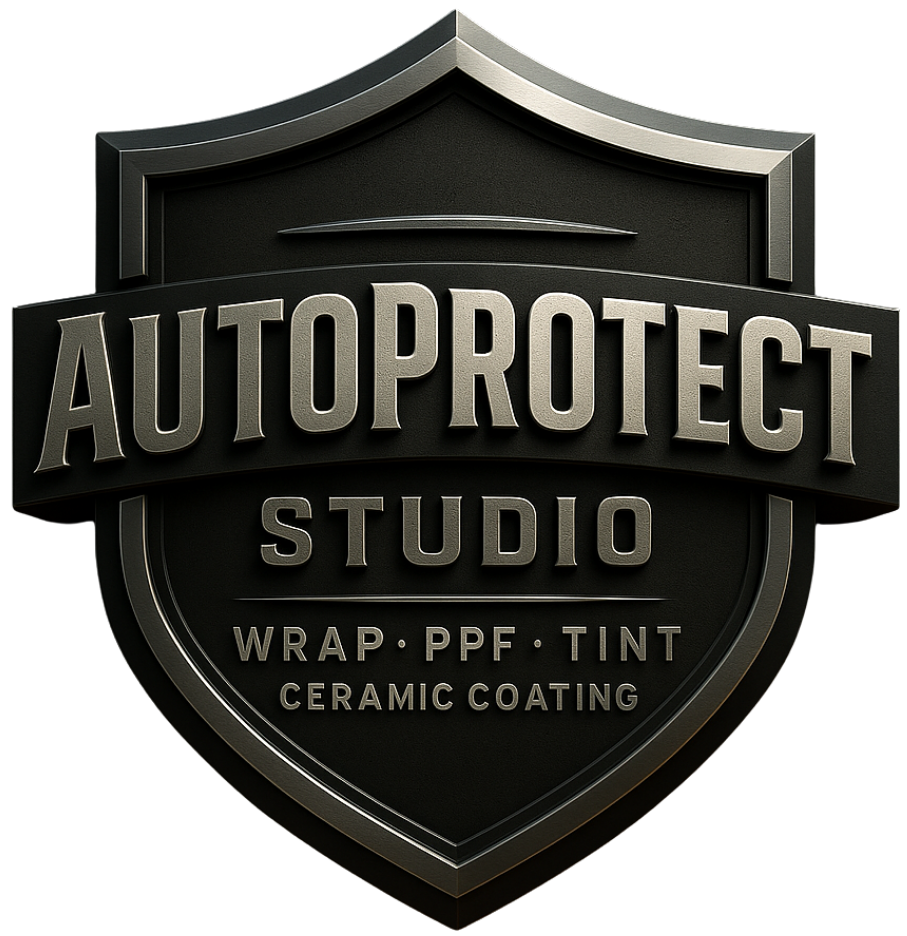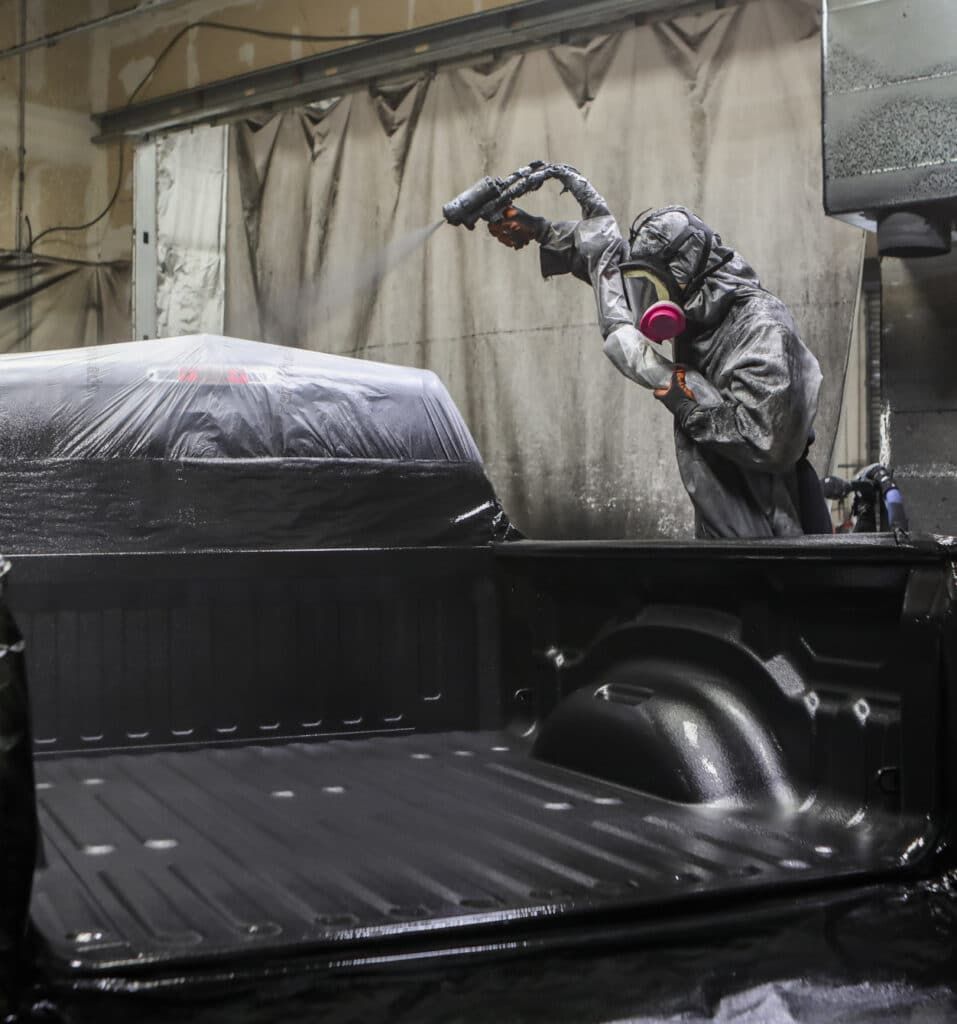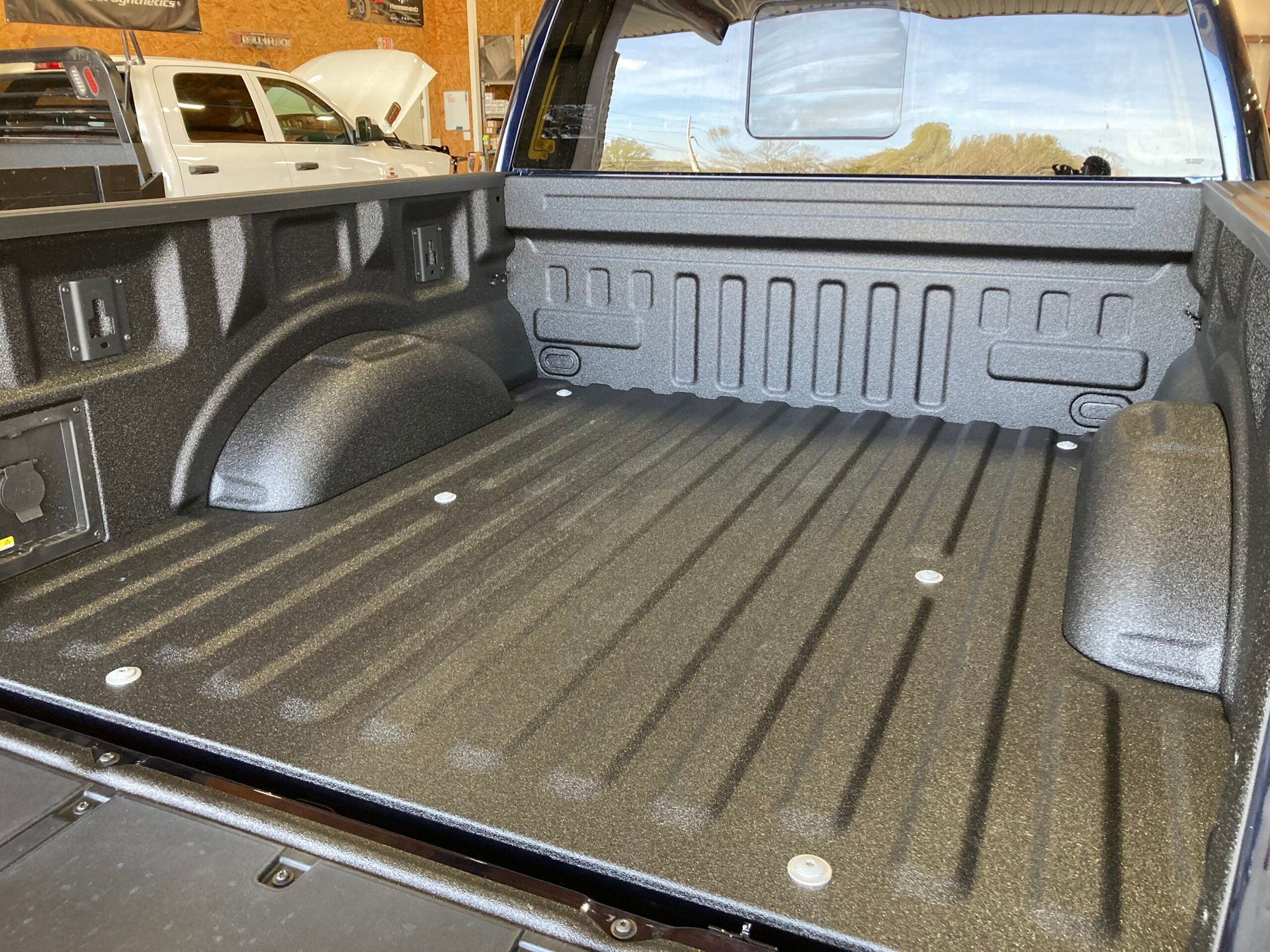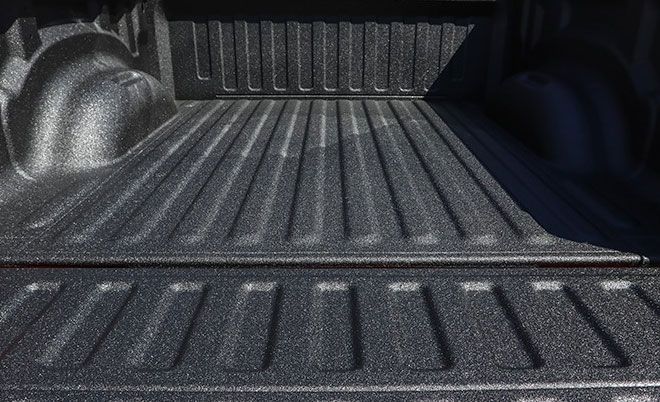The Hidden Costs of Driving Without PPF
At first glance, skipping Paint Protection Film might feel like saving money. But the reality is, the road will eventually leave its mark—and fixing that damage adds up quickly. Driving without PPF often means paying far more in repairs and depreciation than the upfront cost of protection.
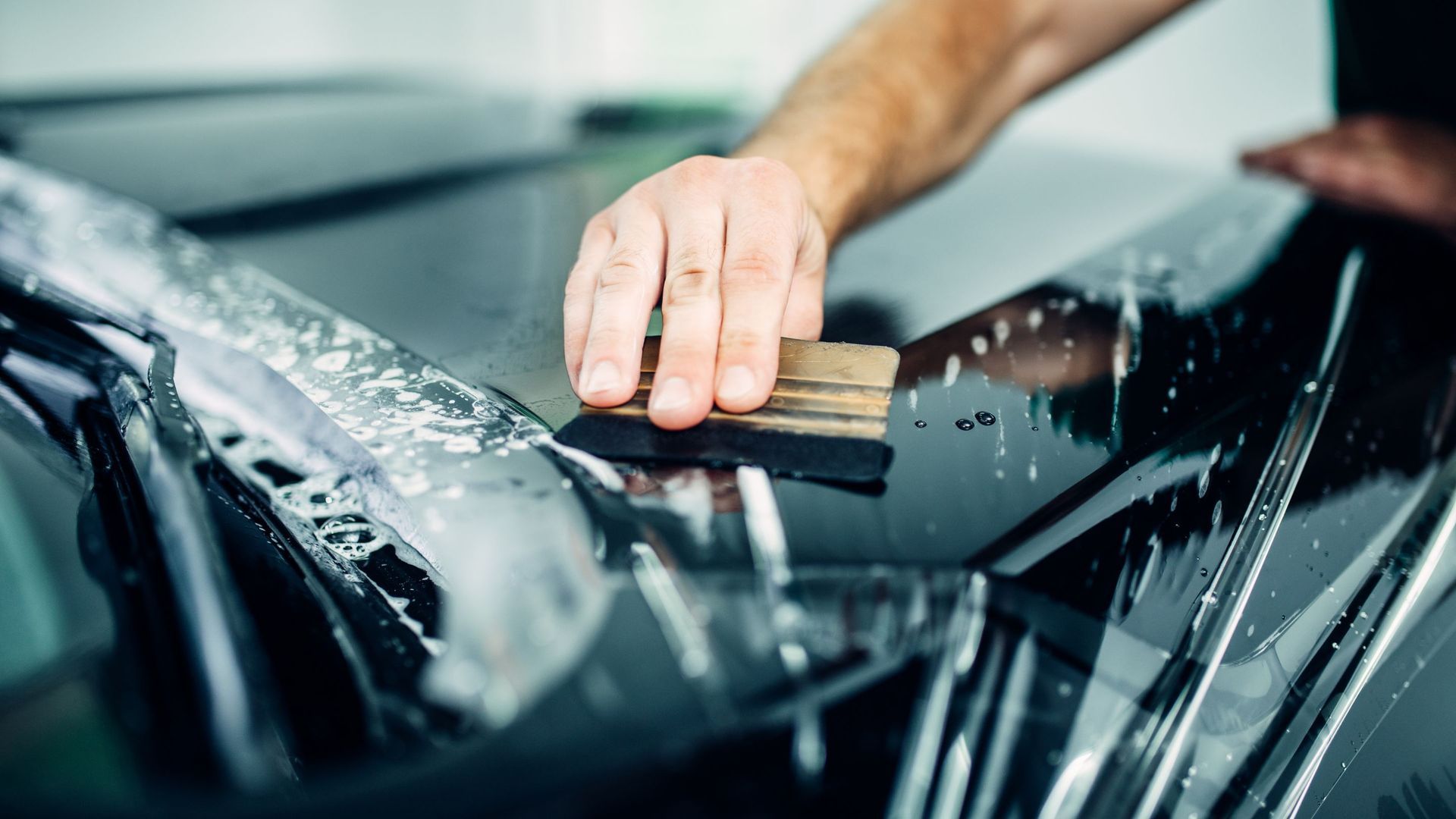
Why It’s the Best Investment for New Cars
When you buy a vehicle fresh off the lot, that’s the best time to protect it. Applying PPF early ensures your paint stays flawless from day one, giving you peace of mind on highways, gravel roads, and in daily commutes.
Why Prevention Is Cheaper Than Repair
Investing in PPF when the car is new locks in your vehicle’s perfect finish. Instead of chasing chips and fading year after year, you enjoy long-term peace of mind knowing your paint is shielded. In short: skip PPF now, and you’ll likely pay more later.
Everyday Hazards That Add Up
- Rock Chips & Road Debris:
Even small gravel can cause chips that require paint touch-ups or resprays.
- Bug Acid & Bird Droppings:
Left untreated, these eat through clear coat and stain the paint permanently.
- UV Damage:
Constant sun exposure fades paint and causes oxidation.
- Harsh Weather & Salt: Winter roads and rain leave corrosive damage over time.
The True Costs of Repairs
- Touch-Up Paint Jobs:
$200–$500 each time, and often noticeable.
- Panel Resprays:
$600–$1,500 per panel.
- Full Repaint:
$5,000–$10,000, and your car loses its factory finish authenticity.
- Lost Resale Value: Buyers will notice chips, swirls, and fading—and offer less.
Ready to protect your new car?
Don’t wait until the first chip shows. Protect your paint today with a PPF installation quote.
